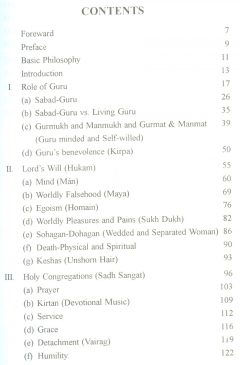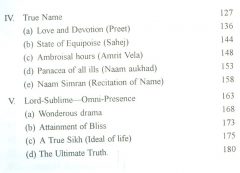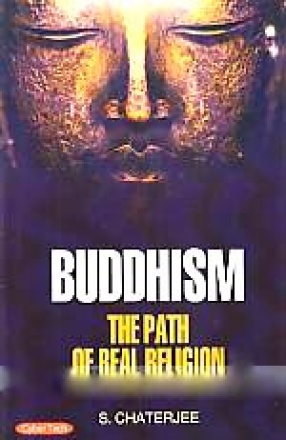Guru Nanak Dev had brought a new and novel method of leading this human life in close proximity to the Prime-Soul, the Lord Creator, as without that mind-set this life would be a sheer wasteful effort. Various philosophers before Guru Nanak Dev had given their views on the subject of a successful human life and its main purpose. Various theories had been propagated, which included meditation, penance, leading life of seclusion, (leaving the life of a house holder), visiting holy places of pilgrimage, fasting, giving alms and some other formal practices like Yogic exercises etc. but Guru Nanak’s mind revolted against all these formal dogmas and practices. So he evolved a new mission in life which finally resulted in the spread of his way of thinking culminating in the form of Sikh panth (or Khalsa panth). Guru Nanak thus started his mission with visiting various places of religious importance, religious leaders of various hues and colour and carrying out discussions with them, taking him to all corners of the world as far as possible during those times. After all these sojourns, the Guru settled at Kartarpur (8in Pakistan now), along with his family and parents, doing farming for a living. His followers started collecting from all over, visiting him at Kartarpur and joining him in prayers, singing Lord’s praises along with recitation of True Name. The practice of free kitchen (langar) was also started by him, after the collective devotional singing and other programmes were over. Thus Guru Nanak Dev spent the last eighteen years of his life at Kartarpur by propagating his religious message of love and devotion for the Lord, universal brotherhood of mankind and recitation of Lord’s praises along with True Naem (Naam Simran). He further planned a line of successors to continue his mission, thus proving his point that anyone, by following his philosophy of life, could attain the same spiritual height, attaining unison with the Lord Sublime. His doctrines finally crystallized into the following four main themes: (a) The Role and importance of the Guru; (b) Lord’s Will (Hukam); (c) Sadh Sangat (Holy Congregations) and (d) True Name.
The Four Pillars of Sikhism
In stock
Free & Quick Delivery Worldwide
reviews
Bibliographic information
Title
The Four Pillars of Sikhism
Author
Edition
2nd. ed.
Publisher
Lahore Book Shop, 2009
Length
184p., 23cm.
Subjects









There are no reviews yet.